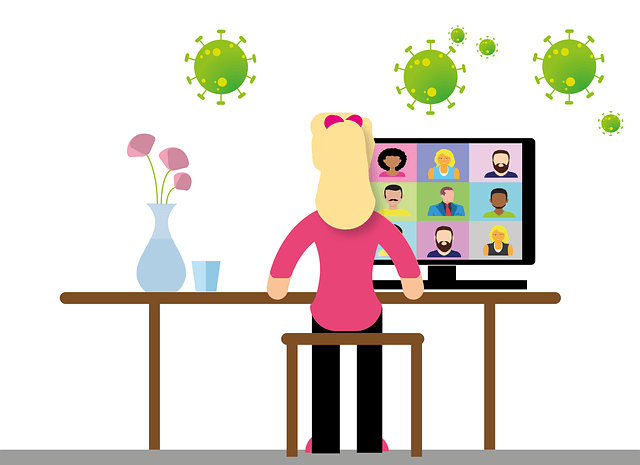The world has been dealing with the coronavirus pandemic for a year now. The virus has infected many people in several nations, with a death toll that has passed the 1 million mark.
Several hospitals in some African countries have reached their highest total capacity while others are now filling up.
As with any global event, there will inevitably be some false information that circulates online and makes people freak out. Such cyber deception, however, has been countered by technological advancements.
We have compiled in this article some of the ways through which technology has aided in the fight against the coronavirus pandemic.
Misinformation
Misinformation during the era of a pandemic or an epidemic can cause a lot of people to panic and even fearfully do things they should not do, such as widespread chaos, panic buying, hoarding, discrimination against those who have been infected, rise in the price of essential commodities, violence, conspiracy theories and a whole lot more.
However, technology can help us fight such dangerous misinformation that tends to spread around on the internet.
Social media sites like Google and Facebook, where such misinformation is commonly peddled around, also counter such misinformation by working tirelessly to educate people by providing them with the correct, verifiable information from approved healthcare organizations.
These are done by creating a transparent scenario where people can be informed about the right things to do in a pandemic, such as the various safety protocols and what to do when one thinks that the virus has infected them.
Medicine
Anytime a new pandemic raises its head in the world, one of the first questions that people immediately ask is whether there is already a drug that can be used to cure or prevent the virus that is causing the pandemic.
It has been no different with the coronavirus pandemic since its outbreak over a year ago. Nations are desperately looking for ways through which the coronavirus can be slowed and then killed off.
Technology has offered us ways through which healthcare professionals can find the cure for the virus much faster.
AIs have been known to suggest components that can be used to make a vaccine by understanding viral protein structures.
It has also been helping researchers through tons of medical research papers relevant to the job at hand at a much faster pace than they could have done manually.
Google Deepmind has even introduced the AlphaFold, a cutting-edge system that can predict the 3D structure of a protein through its genetic sequence.
Traceability And Data Sharing
Getting clear messages to the people during a pandemic is very important to make sure that they are informed of what is happening and to make sure that no one gets ahead to feed them with misinformation.
Due to this fact, an interactive Covid-19 map that helps to provide news on the disease was launched by Microsoft Bing.
Sixfold has also launched a live map of border crossings for truck drivers so that all of Europe could know what is going on when there happen to be delays in the supply of shipments.
Social media app TikTok has also partnered with the World Health Organization to provide knowledgeable information on the coronavirus pandemic for their users and the correct facts and live streams from the WHO.
Their users will be able to ask various questions about the pandemic and receive answers.
Temperature
The introduction of wireless thermometer guns and other infrared scanners is now essential in detecting infected persons at various checkpoints, offices, airports, hotels, hospitals, shops, and train stations, and with the help of coronavirus test kits, you can also use lateral flow tests for home to check your status.
These technological devices are used in measuring the temperature of the human body while helping to keep a distance between the person being inspected and the person holding the device.
Tracking People
Big data analytics can help in tracking infected people through the use of facial recognition. This also helps health officials track the people who may have come into contact with the person the virus has infected.
Some of these technologies can even help identify people even when they are wearing a mask that has covered their faces. These technologies also allow monitoring of the movements of people who health professionals have quarantined.
It is clear from what we have seen that the world was not adequately prepared for the attack of another pandemic.
The only thing that seems to have gone our way is that this pandemic does not seem to be very dangerous in terms of the rate at which it infects and brings down its victims. Will the world be prepared should another pandemic happen after this?
It is up to us to make use of the technological expertise and its advancement to our advantage in fighting this and any other pandemic that may come about again.
From what we see, technology has to be instrumental in the fight against the coronavirus pandemic through the various ways in which it has been applied.



